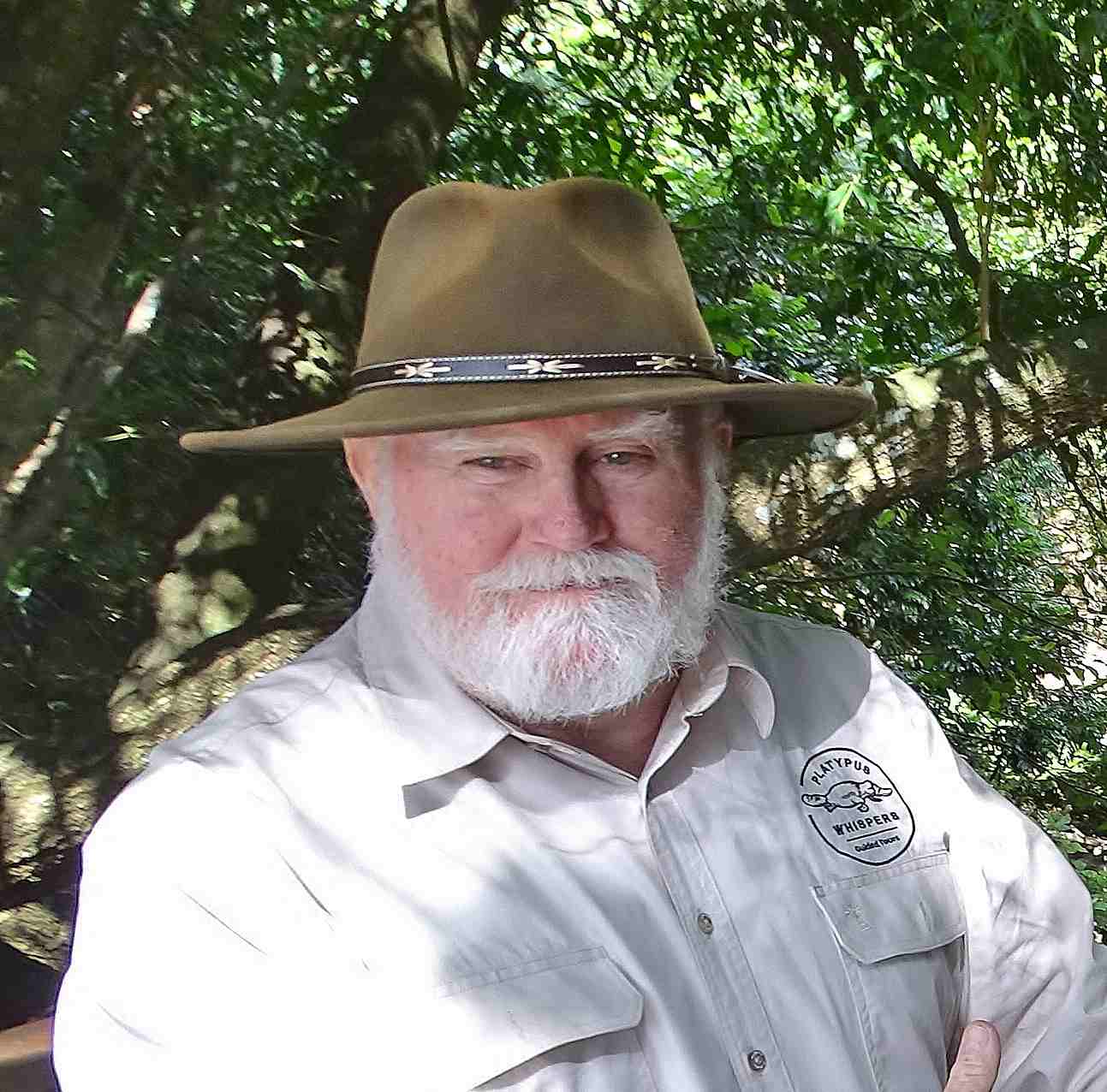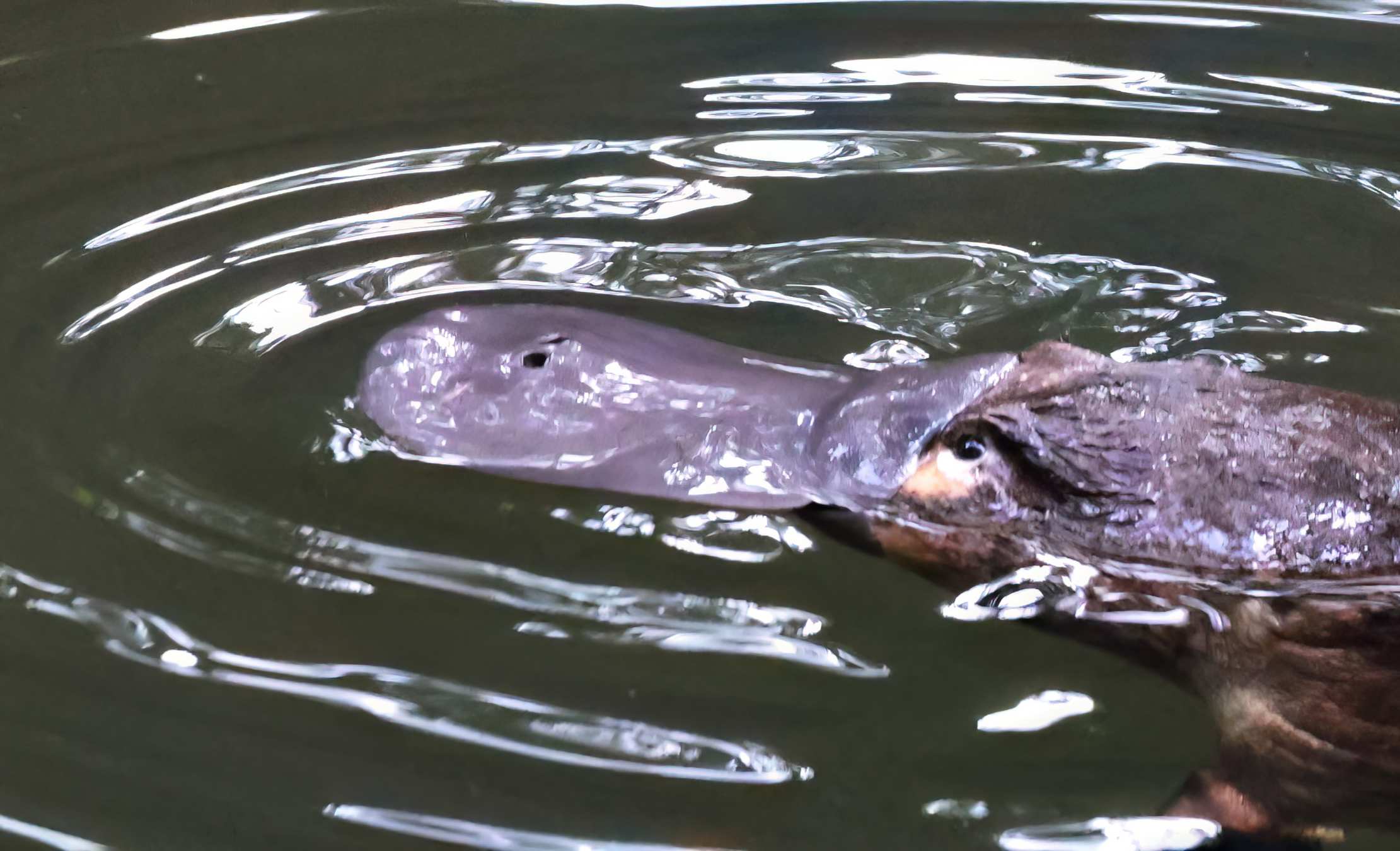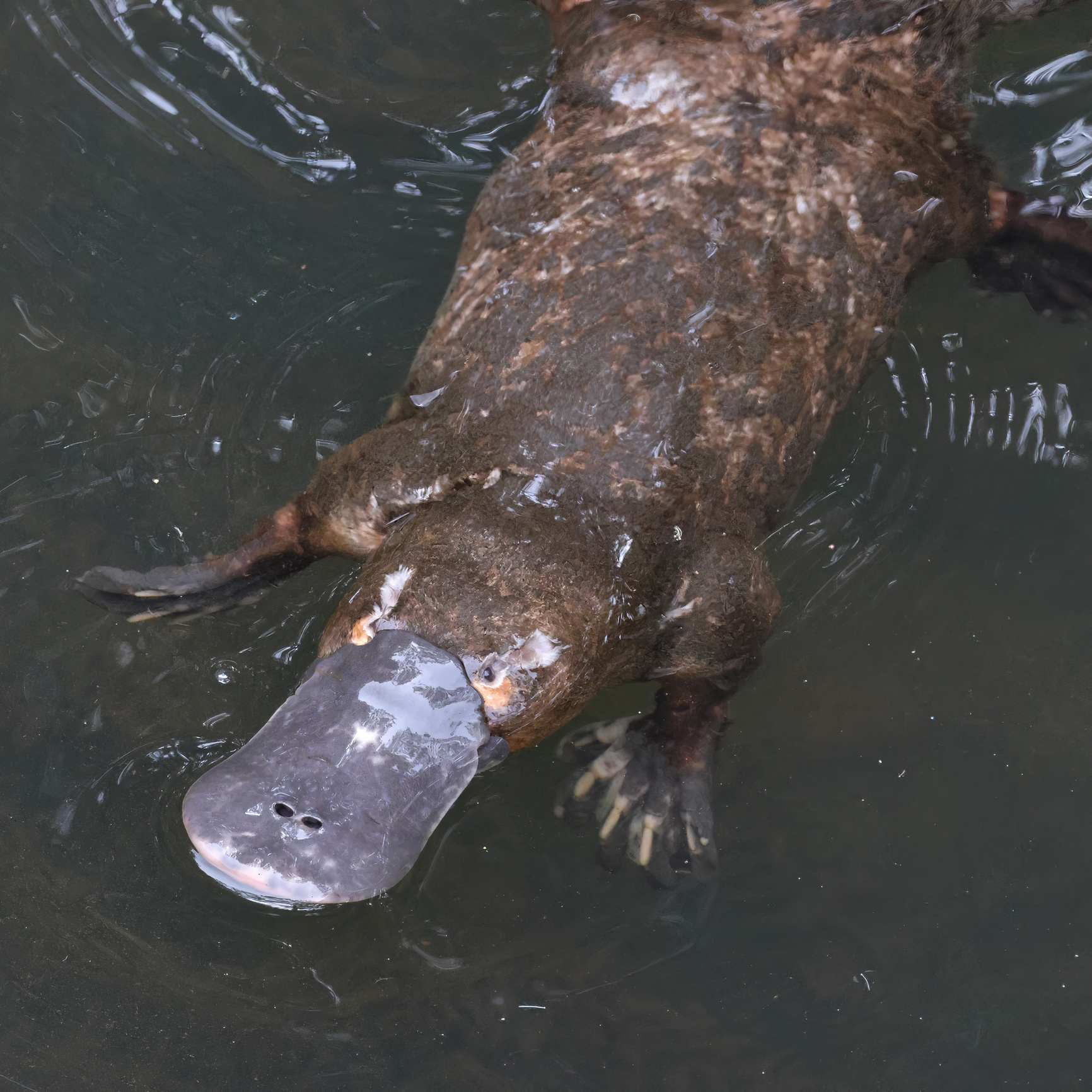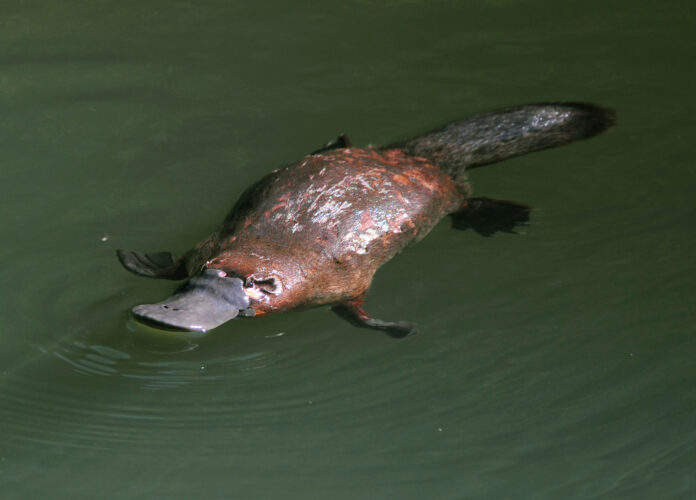Platypuses are notoriously difficult to see but a Sunshine Coast hinterland man has no problems finding them.
Neil Andison, aka the Platypus Whisperer, has reinvented himself as an expert on the iconic Australian animal.
The Maleny 65-year-old and his passion for platypuses were recently showcased on an episode of World’s Most Scenic Railway Journeys, focused on the Spirit of Queensland’s journey from Brisbane to Cairns.
He has an uncanny knack for detecting the cute creatures, with a 90-plus per cent success rate.
“I’ve been photographing them for more than a decade so I can pretty much tell you where they are,” he told Sunshine Coast News.
“During the last three years, I’ve had just three days when I haven’t seen one.
“I generally see three or four a day.
“A lot of people struggle to see them, but they have tell-tale signs with ripples in the water.
“Plus, I have a better chance of seeing them because I spend three or four hours looking for them every morning.”

The best times to see platypuses is at dusk and dawn but they can be seen during the day.
“They forage for up to 16 hours a day to maintain their body weight, so that still leaves several hours during the day when they’re hungry.”
Mr Andison said puggles (platypus young) should be out and about.
“They (platypuses) mate in about June and you can see their young starting to emerge at the end of November to the middle of December,” he said.
He has an incredible passion for the species and for protecting them.
“They’re so incredibly unique,” he said. “They are nowhere else in the world.”
Mr Andison’s interest in platypuses started about 12 years ago when he was instantly hooked on them.
“I was walking across the bridge at Maleny and saw my first platypus in the wild, and that was it,” he said.
“I bought a digital SLR a fortnight later and started photo-documenting them every free moment I got.”
The former heavy machinery operator took a redundancy a few years ago and has since devoted much more time to platypuses.

He takes photos every morning – including 100,000 images this year – and runs educational walking tours.
“I reinvented myself at age 62 and don’t have a single regret,” he said.
“I’m now semi-retired and I do it because it’s my passion and I need to share the knowledge about them and let people know we have them here.
“I try to get people to understand what we have in the creek system here and why it’s vitally important to look after.”
Mr Andison monitors a 2km stretch of waterway.
“Some surveys in other parts of southeast Queensland have showed that numbers (of platypuses) are staying the same, but we seem to have a 1.5 times increase here during the past four or five years,” he said.
“The national average is about 2.7 platypus per platypus-bearing stream or river. We’ve got about 12 here.
“They will move up and down a creek for food and especially during mating season, finding a suitable partner.
“The males have an 8km territory while the females have about 2.5km to 3km.”

He said Sunshine Coast residents can do their part to protect the species.
“Stop throwing crap into the creeks, try and promote the fact platypuses live there and keep your dogs on a leash around the creek system because their entry into creeks disturbs the platypus nesting area and affects the population growth,” he said.
Mr Andison said he was “rapt” to be featured on the rail journeys series.
“They sent a film crew here and it (the footage) didn’t end up on the cutting-room floor,” he said.
Another Sunshine Coast resident, Sandy Gillis, provided some amazing footage for the show.
Platypuses are monotremes, which are different from other mammals because they have no teats and lay eggs, even though they raise their young like mammals. They are 40cm to 50cm long and weigh 1kg to 1.5kg.
SUBSCRIBE here now for our FREE news feed, direct to your inbox daily!





